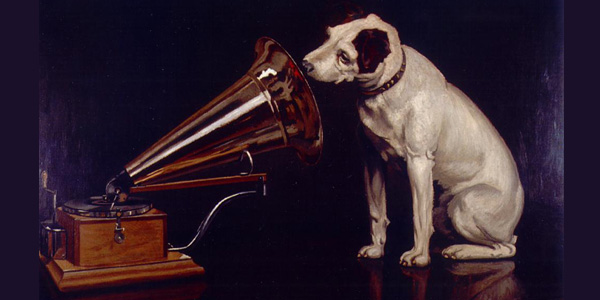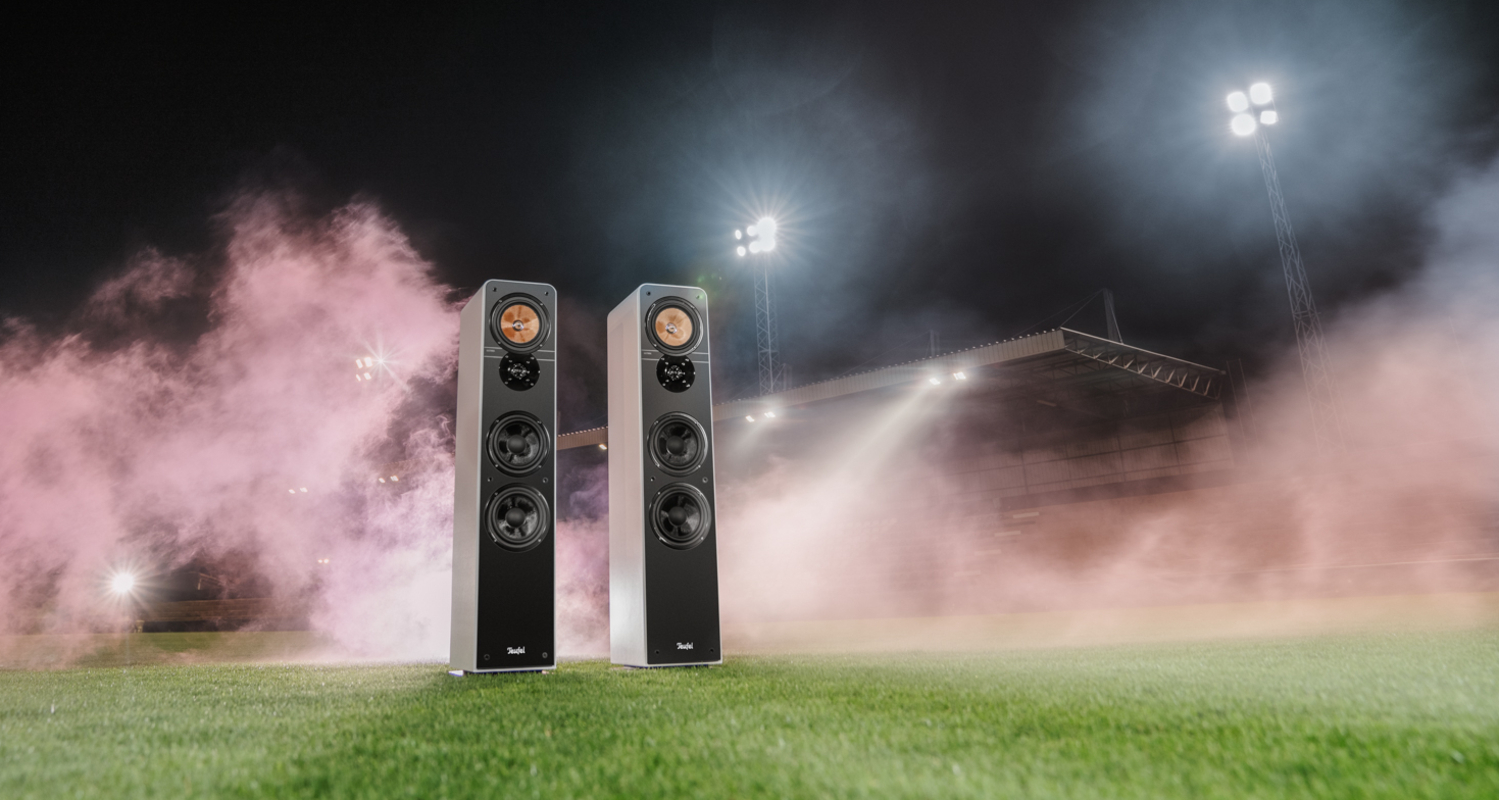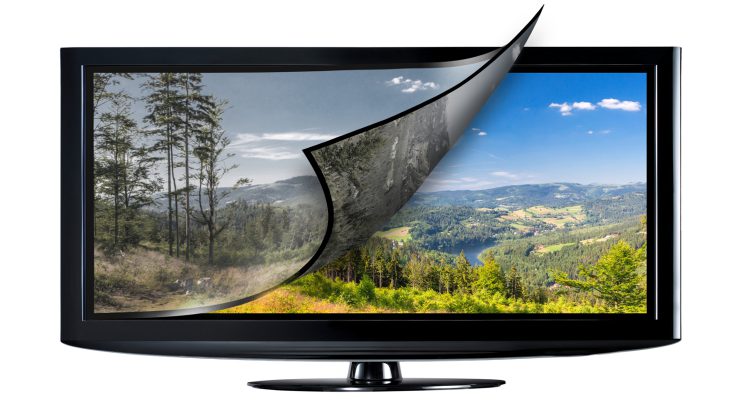When it comes time to setting up a speaker or speaker system, most people think of where they happen to have space and where the system will look good. How the position in question will affect the sound is often a secondary concern. For recording studios and concert halls, however, the interaction between sound waves and the surrounding space is of primary importance. Special materials for damping, reflecting and diffusing sound are often employed in these areas as well as in more ambitious home theaters. In order to correctly adjust the sound produced by your system, however, it’s necessary to understand more about sound waves and how they interact with their surroundings.
Sound waves are produced by the rapid back and forth movement of an object, known as vibration. Our vocal cords vibrate, a glass struck with a spoon vibrates and speaker drivers vibrate. Sound moves through a medium such as air or water as energy. This energy is expressed as a wave of alternating high pressure patterns. Because sound waves cause matter (air particles) to oscillate, they are classified as mechanical waves as opposed to electro-magnetic waves which can travel through a vacuum. This means that there is no sound in space no matter how hard Hollywood tries to suggest otherwise in sci-fi movies.
Sound waves are also classified as longitudinal waves. These are waves that displace the medium in the same or opposite direction to that in which they travel. And so sound waves project forward from a speaker. How broadly they disperse, however, depends on both the type of drivers used and the frequency of the sound waves. Sound waves with lower frequencies have longer distances between their peaks and troughs. This not only determines whether a sound will be high pitched or low, but also how far the sound will carry and how broadly it will disperse. Longer sound waves produce lower pitched sound that travel further than higher pitched sounds. They also have a naturally broader dispersion whereas higher pitched sounds tend to beam.
How a loudspeaker disperses sound waves
We’ve already written about how to treat a room for better soundOpens in new tab. This article deals with the fundamentals of sound itself and how it behaves. In this case, we’ll mostly concern ourselves with how sound produced by a loudspeaker behaves in a room.
The area in which the sound waves travel will differ depending on the type of drivers used and the angle of dispersion they are able to produce. In the post “3 most common types of loudspeaker driver design: Horn, cone and domeOpens in new tab,” we covered the types of drivers most loudspeaker manufacturers use, each of which will have a different angle of dispersion.
Horn speakers, for instance, are very directional. They do not spread their sound very widely. Dome speakers, on the other hand, produce sound with a very wide dispersion angle, making them perfect for use as tweeters as higher frequencies have a tendency to beam. Teufel’s high-end stereo towers, the Definion 3, for instance, achieves their balanced hi-fi sound in part by employing high-end fabric dome tweeters. This allows the treble to blend more harmoniously with the mid range over a wider area.
The cone drivers found in most loudspeakers have a dispersion angle that lies somewhere between horn and dome speakers. One might ask why speaker manufacturers don’t simply use dome speakers for the entire frequency range, but dome speakers are actually much less suitable for the midrange and bass. This is because the accuracy of a dome tweeter is dependent on its low weight. Producing lower frequencies would require more surface area and lend more bulk to the driver.
Direct sounds vs. reflected, diffused, and transmitted
So far we’ve been discussing the sound waves produced directly by the loudspeakers, the so-called “direct sound” that arrives at the ear from the sound source. But there’s more. Just like waves in a pond that encounter a boat or stone, sound waves do not simply stop when they hit a wall or object in a room. Instead, the waves are reflected, diffused and transmitted. On a hard, smooth surface like a wall, most of the sound will be reflected. The sound waves that come into contact with a surface are called incident sound waves. Those that bounce back are, logically, called reflected sound waves, and like the incident waves they result from, directly reflected waves will be very directional but they will arrive at the ear with a slight delay. This can lead to a singing-in-the-shower effect where vocals reflected off the hard surfaces of a shower stall create all sorts of acoustic effects from reverb to standing waves enhancing certain notes for a harmonic effect. These can enhance the voice, making is seemed fuller and more pleasant.
These would not be the ideal acoustic conditions, however, for listening to music or playing back a movie soundtrack as the long reverberation time – the time it takes for a sound to cease within a room – would blur the dialogue, vocals and many of the effects. The long reverberation time is due to the fact that almost non of the sound is absorbed or transmitted by the tiled surface. It then continues to bounce back and forth for a longer period of time after the direct sound ceases to be emitted. A rougher surface will diffuse the sound for a more realistic effect less reminiscent of a gothic cathedral. Bookshelves can perform this task nicely as can sundry other furnishings with irregular surfaces. Depending on how insulated your living room walls are, a portion of the sound waves will also be transmitted. That is to say, they will be passed on to your lucky neighbors.
Voices carry, but not nearly as well as thunder
We’ve already mentioned the ability of lower frequencies to travel further than higher frequencies, but why? This reason has to do with differences in wave length. A low frequency sound wave of about 20 Hz has a wave length in air of about 17 meters. A sound wave at 100 Hz – within the range of most male speech – has a length of just 3.4 meters. The higher frequency will also need more energy to go that distance with so many oscillations of its wave – than the lower frequency, which can travel further on its long waves with less energy. The higher frequencies therefore “run out of breath” sooner than the lower frequencies.
A good example of a low frequency sound that travels very far is thunder. We all know that thunder can be heard for miles. In a home cinema system, the subwoofer is the speaker for playing back sounds like thunder and thus can easily become a bone of contention between you and your neighbors. The low frequencies pushed into the air by the subwoofer can easily pass through walls while little of the midrange and treble make it through. The low frequency waves, being so much longer than the width of most obstacles they encounter are better able to pass through them. A good way to conceptualize this phenomenon is the way waves in a pond encounter an obstacle: Smaller waves splash up against obstacles whereas larger ones easily engulf or pass around them and keep going. So it is with sound.
Standing waves
We’ve already encountered standing waves in our shower-singing example where this effect is said to reinforce certain notes for a pleasant effect. Standing waves, however, can really interfere with the listening enjoyment of low frequencies. As the name suggests, standing waves are the phenomenon of sound waves that stand and “dominate” in a room instead of actively dispersing and organically diminishing. Standing waves form when a sound wave measures the same length as the distance between two smooth hard surfaces or a multiple of this length. The sound wave will then bounce back onto itself in phase. This leads to an unpleasant buildup of the particular frequency which can ruin the effect of the overall sound. In a smaller room like a shower stall, the standing waves that form will have a higher frequency than those that form in larger rooms like living rooms. These can lead to a very “boomy” effect, but all standing waves distort our perception of the direct sound.
Fun fact: The Doppler Effect
In conclusion, and just to show how complicated our perception of sound is, we’d like to mention a phenomenon that is actually less important for hi-fi and home cinema systems: The Doppler Effect. This is a strange acoustic phenomenon that many of us experience every day.
The best example is an ambulance as it passes on the street. As long as the ambulance is approaching you hear ever louder increments of the tone, but as soon as the vehicle passes, the tone changes. It becomes deeper. This is because the interval between waves becomes smaller relative to where you are standing as the ambulance approaches and lengthen after it passes you. This has nothing to do with the sound waves produced by the siren, only our perception of them – a powerful example of the interaction between sound and its environment.
Coda: There’s more to sound than meets the ear
If this article proves anything it’s that sound is a highly complex phenomenon. This is what makes being an audiophile or just a regular music or movie fan so interesting: There is always something to new to discover. The interaction between a loudspeaker system and its environment is something a person an easily spend a lifetime mastering. Thankfully, many new A/V receivers come with auto-calibration features that use in-built microphones to adjust the system to the room it’s being used in. Many people, however, will find it’s more fun to adjust their speakers to their room and personal sound preferences by themselves.




